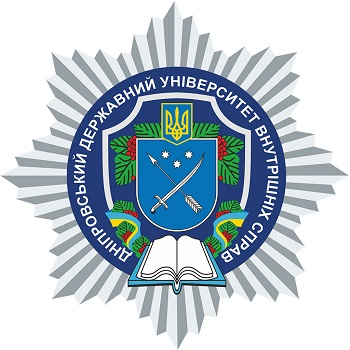THE ROLE OF WOMEN’S SULTANATE IN THE OTTOMAN EMPIRE
DOI:
https://doi.org/10.31733/2078-3566-2023-1-90-95Keywords:
sultan, sultanate, management, leadership, Ottoman Empire, women’s sultanate.Abstract
The importance of this topic lies, first of all, in the fact that the harem of the Ottoman sultans, as a special socio-political institution that underwent significant changes during its existence, has not been researched enough. The research is conditioned by significant transformations in the philosophical and religious plane regarding the understanding of the social role of the female sultanate in the Ottoman Empire. The historical prerequisites for the emergence of the female sultanate, the figure of the Ukrainian woman Hürrem in the formation of the sultanate and its influence on the politics of the Ottoman Empire are considered. Peculiarities of the formation and development of the female sultanate in the era of the Ottoman Empire were studied, socio-religious values as a component of the sultanate, integration trends in the formation of the image of women and hierarchy in the sultanate were considered. The main argument of this study is that changes in the Ottoman Empire and society in the 16th and 17th centuries contributed to the expansion of haseki and valide rights in the Sultanate. The founder of the women’s sultanate was the Ukrainian Hürrem Sultan, who laid the foundation for the female political elite of the Ottoman Empire. The practical value of the research is determined by the fact that its materials can be used for the preparation of term papers, theoretical and practical courses in cultural studies. The research results are a prerequisite for writing master’s, diploma and course theses. The theoretical significance and value of the study lies in the fact that its results and conclusions diversify the vectors of scientific studies covering the era of the female sultanate. In addition, an important place in the work is to find out the variants of the interaction models of the sultan and haseki; society and haseki, which is in scientific discourse. Currently, the study of the topic is ongoing.
References
1. 2017: Empress of the East: How a European Slave Girl Became Queen of the Ottoman Empire. New York Basic Books.
2. 1998: Lords of the Horizons: A History of the Ottoman Empire.
3. 2022: The Ottomans: A Cultural Legacy, Thames & Hudson.
4. 1989: Harem: The World Behind the Veil, Abbeville Press.
5. Кримський А. Ю. Твори в п’яти томах ; редкол. : І. К. Білодід (гол.) та ін. Київ : Наук. думка, 1972-1974.
6. 1951: Suleiman the Magnificent. Garden City: Doubleday & Company.
7. Finkel, Caroline. «Ottoman history: whose history is it?.» International Journal of Turkish Studies 14.1/2 (2008).
8. Osmanlı Tarihi Yazarları, M. Orhan Bayrak, Istanbul, 1982.
9. Уроки истории Тамары Эйдельман [Tamara Eidelman’s history lessons]. Radio Free Europe/Radio Liberty. September 11, 2014.
10. Шутко. О. Жіночий султанат: влада та кохання. Тернопіль : Богдан, 2019. 592 с.

